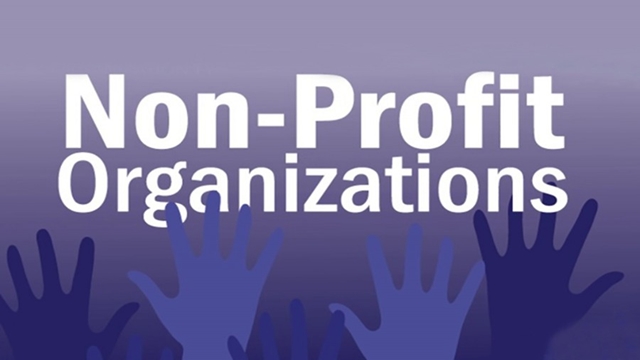Akhi Malek
Published:2019-03-07 02:36:53 BdST
Non-profits’ part in economy growing
Such non-profits tend to provide services rather than produce goods and they still consume goods and services just as a private company does.
It usually happens when an economy booms.
Non-profits like religious bodies, political parties, non-governmental organisations and clubs now contribute nearly 1.0 per cent of the $274-billion economy, showed the Bangladesh Bureau of Statistics (BBS).The BBS has been including the sub-sector as 'Non-Profit Institutions Serving Households (NPISHs)' of the service sector since fiscal year 1998.
This was done as per the international accounting norms on how to measure gross domestic product (GDP).
The first survey in the sub-sector was conducted in 1997, second in 2007 and third in 2016-they all found its growing trend in economy.
BBS officials said 361,672 non-profit organisations are in operation here and their contribution to GDP amounts to Tk 274 billion per year.
As many as 30.08 million people are involved in non-profits-1.4 million are paid employees. Even 77.6 per cent of the institutes are rural-focused.
According to officials, the growth rate of the NPISHs remained double digits for a decade now.
"We're expecting the sector to grow by 20 per cent in the next survey which will kick off shortly," said Abul Kalam Azad, director of BBS national accounting wing.
This is robust because economy grows alongside enhanced service delivery like in Europe and North America.
Of the NPISHs, 75 per cent or 271,812 units are in the religious group-250,399 mosques, 19,377 temples, 1,912 pagodas and 124 churches.
Political parties, trade unions, employees associations and NGOs comprise 39,072; 4,503 and 2,405 units respectively.
However, only 27.3 per cent of the units were registered with various government agencies, according to the 2016 survey.
"The 2016 survey aimed to provide data for compilation of the sequence of accounts for the NPISH sector and its contribution to GDP," said BBS joint director Ziauddin Ahmed.
Of the total transfer income, 16.3 per cent generated from foreign aid and 18.9 per cent was sourced from individual grant, he added
In neighbouring India, the NPISHs are counted jointly with households whose contribution was above 10 per cent to GDP in 2018.
In the European Union, households and NPISHs comprise 13 per cent of its $ 17.9 trillion GDP.
Md Habibur Rahman, director of mosque-based children and mass education at Islamic Foundation, said: "Our perception is -- religion has nothing to do with economy, but it has links."
A mosque is non-profit-making but the service it delivers generates income also, he added.
Mr Rahman said muezzin or imam of a mosque or a priest of a temple or other staff members can receive salary or honorarium for their service.
A mosque may have shopping complexes and such shops can generate income of a place of worship, he cited.
The director of the state entity said the income is ultimately used to provide service for the people who go there to say prayers.
NGO Affairs Bureau director general AKM Abdus Salam said NGOs have so far generated more than 0.3 million jobs in the country.
The NGOs are not always non-profits, he pointed out.
Mr Salam said many NGOs are generating income rather than depending on foreign or local funds and meeting their own costs.
He said the NGOs are a part of economy. Some perform well and some badly. "We've even lists of loan defaulting NGOs."
According to economists, the inclusion of sectors like NPISHs helps get most accurate computation of the GDP.
Dr Khondaker Golam Moazzem, director (research) at the Centre for Policy Dialogue (CPD), said: "The country's economy is growing. The service sector's spending and income are also being diversified in parallel."
The 2016 BBS survey revealed that the NPISHs' spending for goods and services was 19 per cent of their total expenditure.
Dr Moazzem said inclusion of such untapped sectors could help measure the GDP more accurately.
"Fresh survey on the sector is needed to get more precise data of non-profit institutions," he added.
Mr Moazzem said the country needs to increase its revenue collection notably when it is going to be a middle-income one.
"Involvement of more sectors also generates more revenue," he continued.
Mr Azad, however, said the BBS had been working to introduce a new base year from July 2020 to assess GDP.
The new survey on the status of the NPISHs wouldl also be conducted targeting the new baseline, he added.
The country's GDP at the current price is now $274 billion and per capita income is $1,751.
Unauthorized use or reproduction of The Finance Today content for commercial purposes is strictly prohibited.


